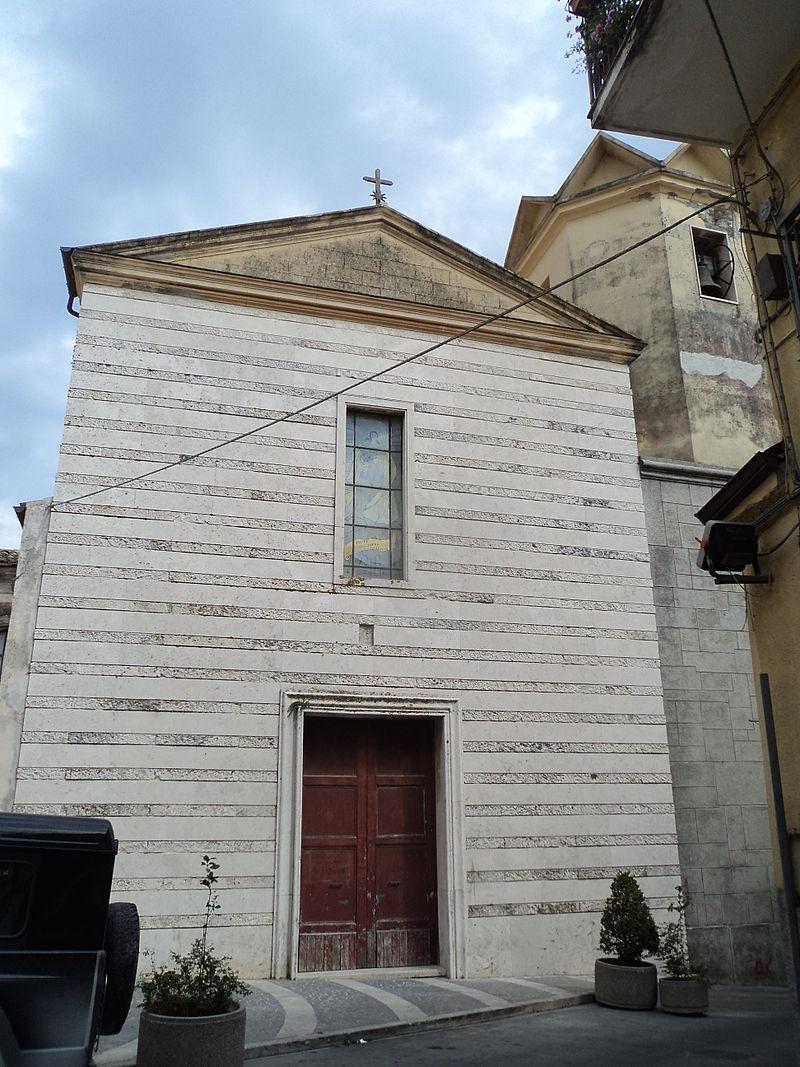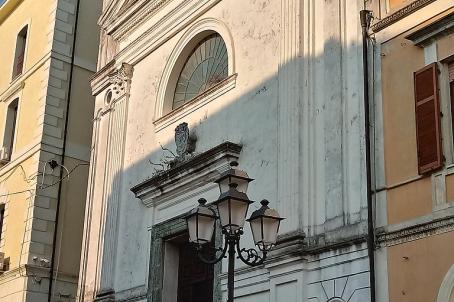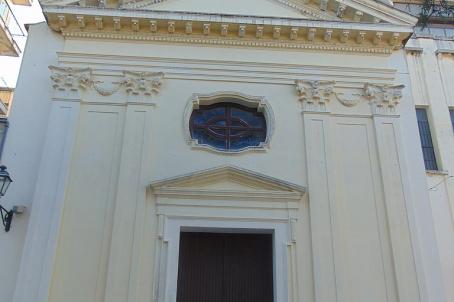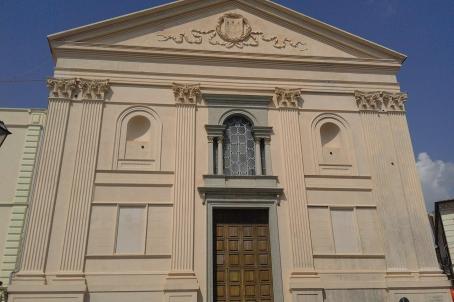Chiesa di Santa Maria del Carmine
The church of Santa Maria del Carmine was built in the 17th century and rebuilt in the following century. The church was annexed to the Carmelite monastery of the same name and to the 17th-century oratory. In the years following the Second World War, around the 1950s, the façade of the church underwent significant changes, as did the bell tower.






